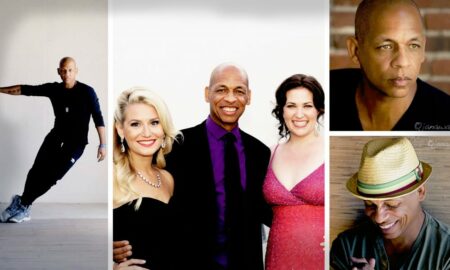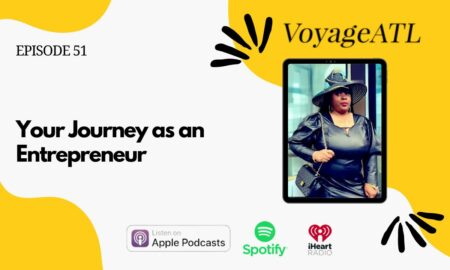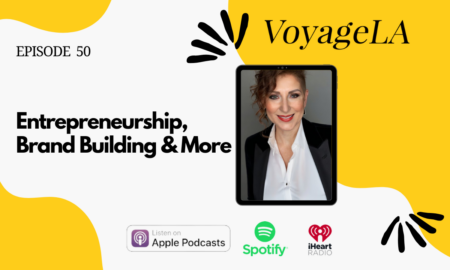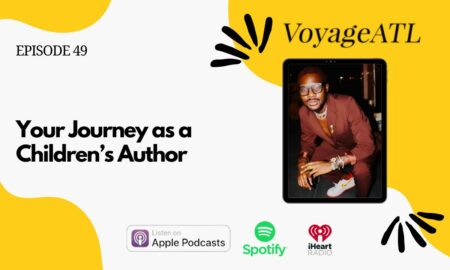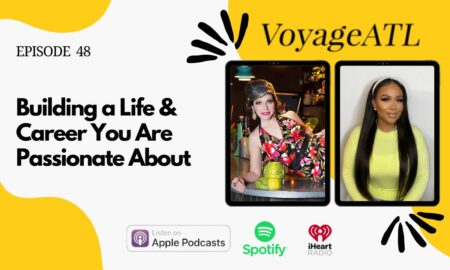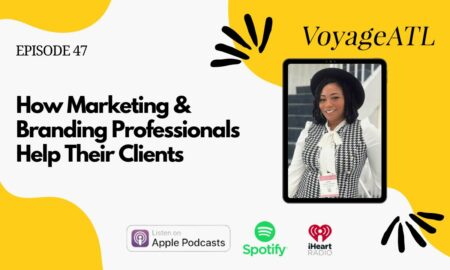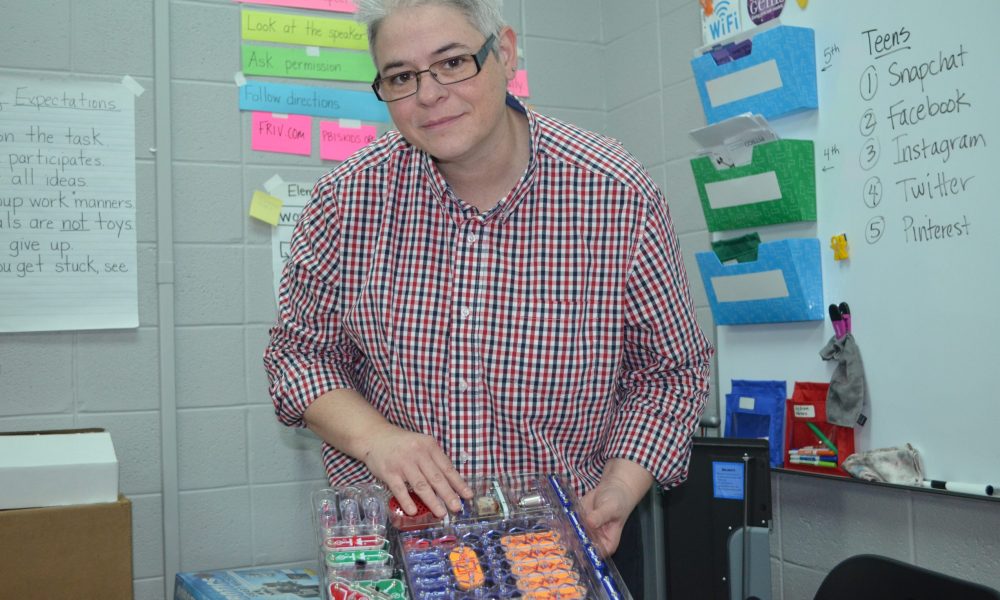

Today we’d like to introduce you to Helen Malone.
Helen, please share your story with us. How did you get to where you are today?
Not one teacher on the face of the Earth will say she/he went into education for the fame and fortune. People enter the field of education to make a difference. It is because we love the job. I can honestly say, I love what I do.
I attended Erskine College, where I earned a BS degree in Special Education, graduating in 1992. Because it was a small college, I had one professor for most of my classes, Dr. Hall. He was a kind and caring man who use to make me scream. He was so hard on me and I did not understand why he “picked on me”. Of course, as an adult and looking back and since having conversations with him, he wanted me to be the best I could be. He knew I could do it and did not want to see me do it half-way. He gave me some of the best advice I ever received. The first day of student teaching, he asked me if I felt I know everything I need to know. My reply was, of course, “no”. He followed the question with “Good. Because when you feel like you know everything, it’s time to change professions. You cannot teach if you aren’t learning.” My student teaching experience overall was not great and I began to doubt myself. Is this it? Is this what teaching is like? I graduated and worked for my dad at his restaurant for a few month while tutoring students on the side. One day, I read an ad in the newspaper about a teaching job in Elgin, SC at a private school. I sent my resume and the director called me for an interview. I had no idea where Elgin was except it was outside of Columbia.
The school was for students with severe developmental disabilities and behavior disorders. While there for the job interview, I spent time with the students and the teaching assistant. I was bitten on the arm by a beautiful blond hair, blue eyed boy with autism. He would become one of my all time favorite students. What is important to know is every special education teacher has stories like this. We all have those kids. Those kids who are the ultimate puzzle to figure out. What makes them tick? What is their intention? What is their motivation? The reason the student bit me is because he was trying to communicate with me. “Get out of my way, I don’t know you and want you to move away from me.” He did not have the ability to say that other than biting my arm. It was not personal and I knew that. Fortunately for me, I did not let that bite decide if I would take the job or not. I took it and I learned how to take all of that theory from college classes and turn it into teaching. The teaching assistants I worked with had more knowledge than I did and could have taught some of my college classes. They had skills to control a classroom, develop lessons, manage behavior. From these ladies who adopted me into their family, I learned so much. One look and the student who bit me would sit down. That’s the “teacher look”. Every teacher has one. I would look at him and he would throw things at me. It took time but finally I developed the rapport with each student. They were all so different and little and so adorable and oh so aggressive! But what I learned in that short time prepared me for some other challenging students in my career. Stay calm and do not take it personally. Consider what the child is trying to communicate with the behavior.
I moved to Atlanta from Elgin after a year. Not because I did not like what I was doing. I wanted more social opportunities. In Atlanta, I taught high school students who had severe and profound disabilities for five years before taking a job at the Atlanta Area School for the Deaf. My teaching job at AASD involved students who were Deaf/Hard of Hearing with additional disabilities. It was not easy. I had taken some ASL classes but it was very different being in the Deaf environment than sitting at home with my sign language flash cards and study materials. People ask me if I am fluent in sign and I go back to what Dr. Hall said. My answer is “I am still learning.” From classroom teacher to curriculum specialist to assistant principal to now, which is Department Head for Career, Technical, Agriculture Education, and Transition. I have a love for learning and for teaching. A love for the students and the teachers and believing in the mission of the school. Teaching is one of the hardest professions, It’s not about the money or the fame and fortune. It is all about making a difference in a student’s life.
Great, so let’s dig a little deeper into the story – has it been an easy path overall and if not, what were the challenges you’ve had to overcome?
I do not believe any career or life pursuit is every smooth. There are always challenges and obstacles because it is in those times that we learn the most. The toughest part of being in education, in my opinion, is accepting what we cannot change. As a teacher or administrator, there will also be aspects that our out of our hands. We cannot control the student’s home life. We cannot force a parent to come to a meeting. We cannot force people in society to change the negative perception about education. And sadly, we will not like every student.
What we can do is put practices in place that will help turn these negatives into manageable features. What I try to remember is while we cannot control the student’s home life, we can provide a safe place for the student at a school. The student will not learn if those basic needs are not met. We can provide resources to the family to aid them, help them overcome their barriers. We can provide a welcoming environment for families. We can have meetings by phone or through a video that are convenient for the parent. We have to share our stories and our successes with those who have a negative perception. We have to invite these people into the schools and let them see the amazing things that are happening in classrooms! Invite the community partners in and show them that a standardized test score is not the picture of all a student has learned. And while we may not like every student with whom we work, we must show respect and be a model of compassion. We are the adults and it is our responsibility to make sure students feel safe and cared for in our environment. Like my mother used to say, “You don’t have to like everyone but you better not show it.”
I would like to encourage women to become involved in your neighborhood schools. Many young students (both male and female) do not have positive role models. Schools love having volunteers. They need community partners. Consider investing in students by using our time, talents, and yes, money. It is only through education that society can change for the better. Nelson Mandela said, “Education is the most powerful weapon which you can use the change the world.”
what should we know about Atlanta Area School for the Deaf? What do you guys do best? What sets you apart from the competition?
The Atlanta Area School for the Deaf (AASD) offers an outstanding program for a student who is Deaf or Hard of Hearing (DHH). We serve ages 3-21 from 30 different counties and school systems. Students are referred to us through their local school systems. All of our students are DHH and some have additional disabilities. To graduate, the students must meet the same graduation requirements as all other students in GA. All students have an Individualized Education Plan (IEP) that explains present levels of performance, goals that will be addressed, and accommodations that are required for the students. We are fortunate to have a school full of qualified teachers who can deliver instruction in the students’ primary language, ASL. Students also receive instruction in written English and for some, spoken English. This is known as a Bilingual approach. The school is a community in the truest sense. Many students are in our program from age 3 until they graduate. We see them grow up and mature and develop their skills and sense of self. We work with families to keep them engaged in their child’s education. Our sports program is awesome, offering six different sports: soccer, volleyball, track, baseball, wrestling, basketball. Students can also participate in after school activities such as driver’s education or cooking club.
I have worked at AASD since 1999 and have seen the school change in focus and philosophy. My current role at AASD is the Department Head for the Career, Technical, Agriculture Education program and Transition department. CTAE is present in all high schools across GA. Students select a pathway which is a focused area of study. This is a three-course sequence with an end of pathway assessment. If a student passes the end of the pathway, she/he can earn an industry-recognized credential. This shows business and industry the student has the understanding and the knowledge of that focused area. Our CTAE pathways include: Plant and Landscape Systems, Graphic Design and Communication, Internet of Things, Nutrition and Food Science, Marketing, and Audio, Video, Technology, and Film. In addition to course work, students gain valuable work experience through our Work-Based Learning program. We have several alumni who have been hired as a direct result of their work experience. The goal is for all of our students to graduate college and/or career ready. Most importantly, ready for life!
AASD provides soft skills instruction for students to earn a certificate from Georgia Department of Labor. This is a free program named GA BEST, which means Business Employability Skills Training. Students who meet the prescribed scoring rubric in different areas, such as communication, attendance, professionalism, earn a credential from GA DOL that shows they possess and demonstrate the top 10 behaviors needed in the workplace. Our students have a perceived negative by many employers because of their deafness. If a student can graduate with their high school diploma, their End of Pathway credential, and GA BEST, they have THREE documents that help them stand out from the rest.
Our students face many challenges: the language and learning delays, the distance many travels, the limited access to ASL outside of school, socio-economic levels. Despite all of these barriers to education, we have greatness and it is encouraged and it is celebrated! This is our driving force.
Looking back on your childhood, what experiences do you feel played an important role in shaping the person you grew up to be?
Everything we experience influences who we become. I am so fortunate to come from a loving and supportive immediate and extended family. What set me up for success as a special education teacher? My Aunt Carolyn.
Carolyn was my grandmother’s baby sister who had Down’s Syndrome. We knew she was different but we were expected to show respect to her at all times. She was not treated any different than we were. Aunt Carolyn was sweet and compassionate and loved my grandmother more than anyone else in the whole world! She was also stubborn and got into trouble just like we did. Aunt Carolyn attended school until she was in the 3rd grade. She was not able to keep up due to her cognitive delays. Back then there was no Special Education or IEP. What did the teacher do to help Aunt Carolyn? Spank her when she gave incorrect answers. My grandmother was having NONE of that! She marched down to the school and pulled Carolyn out. From that point on she never had any other formal education. Carolyn had to clean her room, cook her own breakfast, help set the table, just like we did though.
When Carolyn was a bit older she lost the ability to walk. My grandmother could not take care of her and there was no in-home nursing available. After researching the options, it was decided Carolyn would go live at Whitten Center in Clinton, SC. For many people with disabilities, institutional life was not positive, However, we went to see Carolyn every week, sometimes, more than once. She was one of the only verbal clients in the medical unit and the staff never knew when we were going to show up! Carolyn received love and wonderful care from the staff at Whitten. We adopted several other clients while Carolyn lived there. Clients who were abandoned by their families or who were wards of the state. If Carolyn was having a birthday party, they were too! If Carolyn was having Christmas, they were too! I was in elementary school at this time and it could have been a scary place, full of people who were different. They looked different. They behaved differently. Many had intensive health problems and/or physical abnormalities. I viewed it as a place full of people who deserved respect and empathy and who were members of society. These people deserved to be valued. Carolyn died at age 48 (5 days from becoming 49), which was OLD for someone with Down’s Syndrome in the 70’s. Most did not live past 30.
I think back to the limited educational opportunities available to Carolyn compared to what people with disabilities have now. What could she have done? What could she have achieved? What would she want to do as her career? I think about this daily in my job now as the CTAE/Transition coordinator. This is why I have high expectations for my students. I read a quote online related to CTAE. Today’s workforce requires more than the teaching of a skill it is the big picture of how and why things work. Why that equipment design? What are other forces manipulating the information? How does the economy play into things? The way to stay ahead in today’s workforce is to receive the best training AND the best education. AASD does just that for students who are Deaf or Hard of Hearing.
Contact Info:
- Address: Atlanta Area School for the Deaf
890 North Indian Creek Drive
Clarkston, GA 30021 - Website: www.aasdweb.com
- Phone: 404-296-7101
- Email: hmalone@doe.k12.ga.us
- Facebook: www.facebook.com/AtlantaAreaSchoolfortheDeaf
- Other: www.youtube.com/ampresources




Image Credit:
photos provided by HEM
Getting in touch: VoyageATL is built on recommendations from the community; it’s how we uncover hidden gems, so if you know someone who deserves recognition please let us know here.



